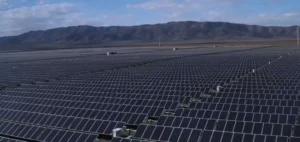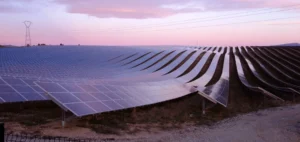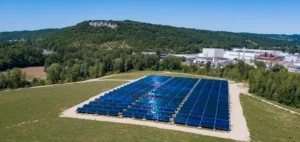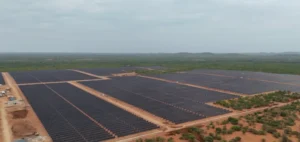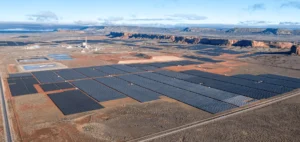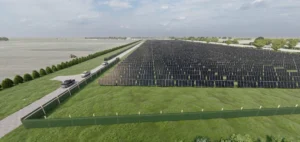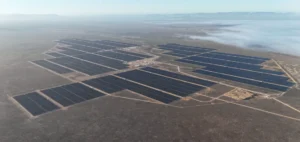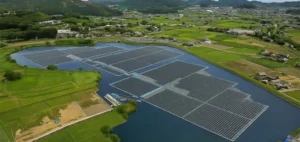The global photovoltaic market is experiencing significant growth, driven by technological advancements and steadily decreasing installation costs, according to the latest report released by MarketsandMarkets. Forecasts indicate an average annual growth rate of 9.6%, primarily fuelled by increasing installed capacities in residential, commercial, and utility-scale sectors.
Rise of flexible photovoltaic solutions
The flexible photovoltaic (PV) panels segment is expected to record the highest annual average growth between 2025 and 2030. These solutions are highly sought-after for their adaptability to curved surfaces and integration capabilities in portable devices, electric vehicles, and building façades. Their ease of installation and transportation also provides extensive opportunities in remote areas disconnected from the main electrical grid.
Simultaneously, major advancements in thin-film technologies and organic photovoltaic materials are enhancing the economic and operational attractiveness of these products. This segment specifically meets a growing demand for lightweight and mobile applications, thus increasing its short to medium-term development potential.
Utilities sector to dominate
The utilities sector will continue to dominate the photovoltaic market by volume through to 2030, driven by massive installations of solar farms. This momentum is supported by favourable government policies, continuously falling construction costs for large-scale projects, and increased integration of energy storage solutions, making these installations more reliable and efficient.
Large-scale photovoltaic projects benefit from significant economies of scale, ongoing political support, and declining installation costs. They constitute a central strategy for meeting increasing energy demand while adhering to climate commitments set by local and international authorities.
Asia-Pacific leads the global photovoltaic market
The Asia-Pacific region, led by China, India, and Japan, represents the leading global market for photovoltaics. This regional dominance stems from proactive public policies, strong energy demand, and a powerful manufacturing industry, particularly concentrated in China.
China, India, and Japan exhibit robust policy frameworks, including guaranteed feed-in tariffs, investment subsidies, and ambitious renewable energy targets. These measures boost the growth of large-scale photovoltaic projects and the widespread adoption of rooftop solutions for homes and commercial buildings.
Moreover, Asia-Pacific is a major innovation hub, with increased investments in next-generation solar cells, notably perovskites and bifacial modules. These strategic factors position the region sustainably at the forefront of future developments in the global photovoltaic market.



